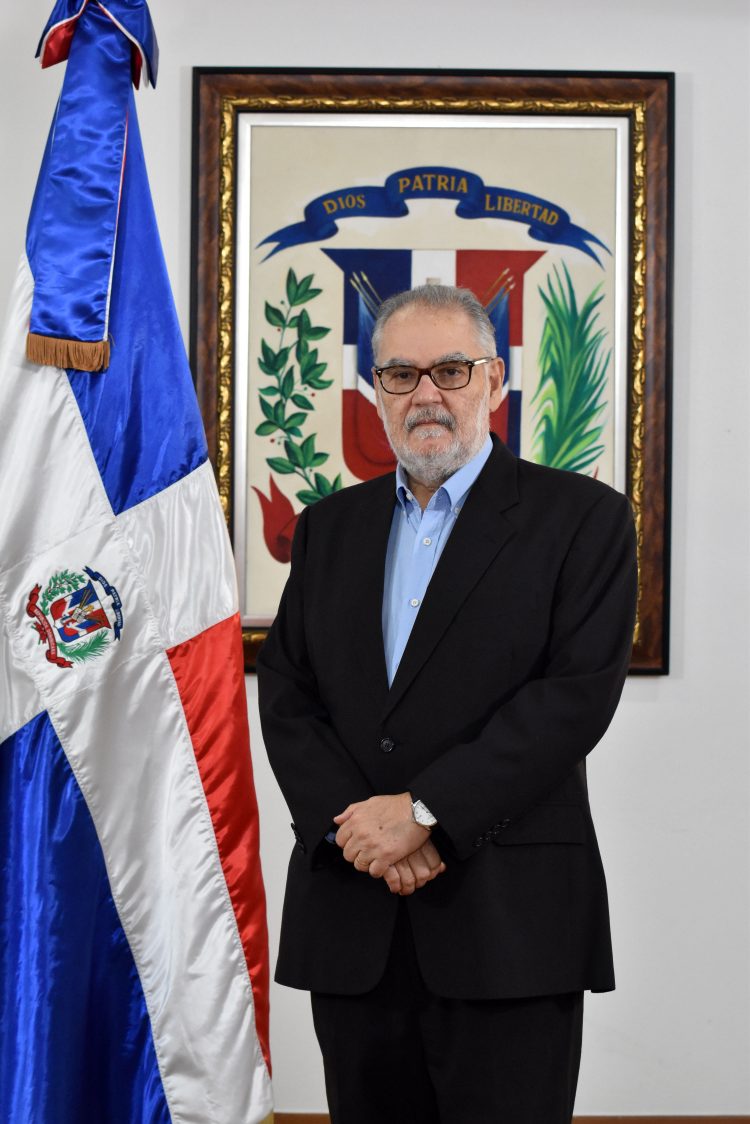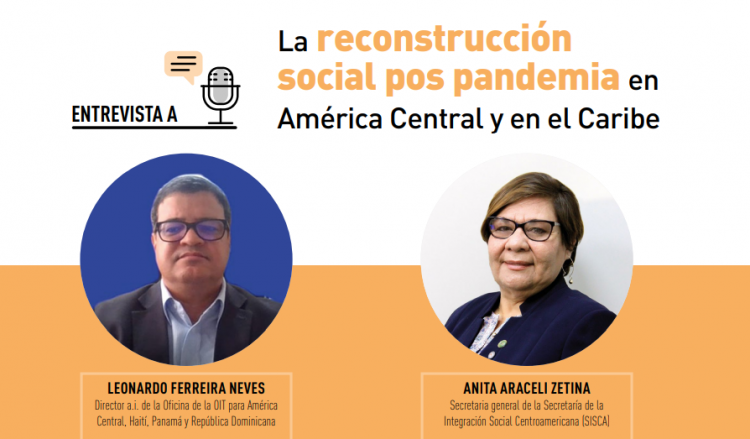Florence Jacquey, a manager with the EGTC Summit Secretariat of the Greater Region

The Greater Region: multi-level governance and Little Europe
Born as an initiative between nation states, the Greater Region is a unique example of the slow process of consolidating cross-border ties and interregional dialogue. The need to formulate a concerted response between France, Germany and Luxembourg in the so-called “mining triangle” gave birth in 1971 to the Franco-Luxembourg-German intergovernmental commission. Representatives of regional institutions participated as observers. The founding legal act of cooperation came in 1980 with the Bonn agreement on cooperation in border areas. It responds to the desire to institutionalise cross-border cooperation and provides a legal basis for the activities undertaken by the Intergovernmental Commission and the Regional Commission “SaarLorLux-Trier-Rhineland Palatinate”. In the following years, the involvement of regional leaders in the work undertaken by the regional commission increased and the first summit at the level of the heads of the regional governments in the Greater Region took place in 1995. The structures of the Regional Commission and the Summit of Executives of the Greater Region were merged in 2005 and since then institutional cooperation has been carried out at the regional level. Made up of five regions from four countries, the Greater Region is often called the “laboratory of Europe”. The challenges at the governance level are numerous. The coexistence of very different administrative systems is a permanent challenge and, at the same time, it enriches the interregional dialogue. In this cooperation space of 65,401 km2 located less than 300 km from Paris, Brussels, Rotterdam and Frankfurt, three languages and a multitude of subregional cooperation institutions coexist.
Pandemic and retrogression
With the arrival of the COVID-19 pandemic in Europe, the question of borders has once again had a strong resonance, especially in border areas. The Greater Region is no exception and the sudden closure of the European Union’s external borders on 17 March 2020, followed by the closure of national borders between EU countries[1], has caused a shock wave in a space known for having the highest cross-border professional mobility in the EU. About 250,000 people cross its borders every day to go to work. With the closure of national borders without prior notice, other frontiers, of a social or cultural nature, have reappeared. Sad memories of another time in the area where the Schengen area was born.
Cooperation in action: trust and dialogue as engines of regional integration
After the first moment of surprise at an unprecedented situation, the living forces have mobilised on both sides of the borders. Faced with complex and sometimes surreal situations in areas of life so interwoven, and often separated from neighbours by just a bridge, local and regional political leaders have sought new forms of dialogue.
In order for national states’ perceptions regarding border spaces to evolve, it is necessary for border regions to demonstrate they can function as “nuclei of life.” The crisis has made it clear that the relationships of trust established over the years and a good understanding of their neighbours is a foundation solid enough that, in a border region, the joint action between actors at different levels yields concrete results. The mayors of the border towns have joined voices to advocate the reopening of the borders, as have regional parliamentarians and European deputies. Civil society and academia have mobilised to contribute new perspectives. The heads of the regional executives have intensified their contacts and acted to implement pragmatic solutions. The establishment, among other measures, of a “COVID-19 Task Force” at the Greater Region level has been key to monitoring and tracking the evolution of the pandemic. It has, thus, been possible to evacuate patients with COVID-19 to hospitals in Germany and Luxembourg to prevent the saturation of ICU facilities in eastern France. The constant dialogue between regional leaders and their national governments has made it possible to negotiate the opening of some border points for the passage of cross-border workers. And more recently, prevention measures can be highlighted at a cross-border level, such as the mass test campaign and the contact tracing promoted by Luxembourg at the cross-border level, allowing chains of infection to be followed in the border region.
However the goal of achieving cross-border harmonisation of regulations in crisis situations remains far off. The structuring of governance and the dialogue between the different decision-making levels is still insufficient, but the maturity of cooperation in the Greater Region, as well as in other European cooperation spaces, has made it possible to quickly start a dialogue at a technical level. One lesson has become clear: Closing the borders is not a solution! In this sense, it would be highly interesting to open a dialogue at the level of the European Union and MERCOSUR, where internal borders remain closed. The full range of the ways in which cooperation has been experienced as a result of COVID-19 could be shared with other non-community regional spaces.
[1]Luxembourg is the only state that has never closed its borders.



